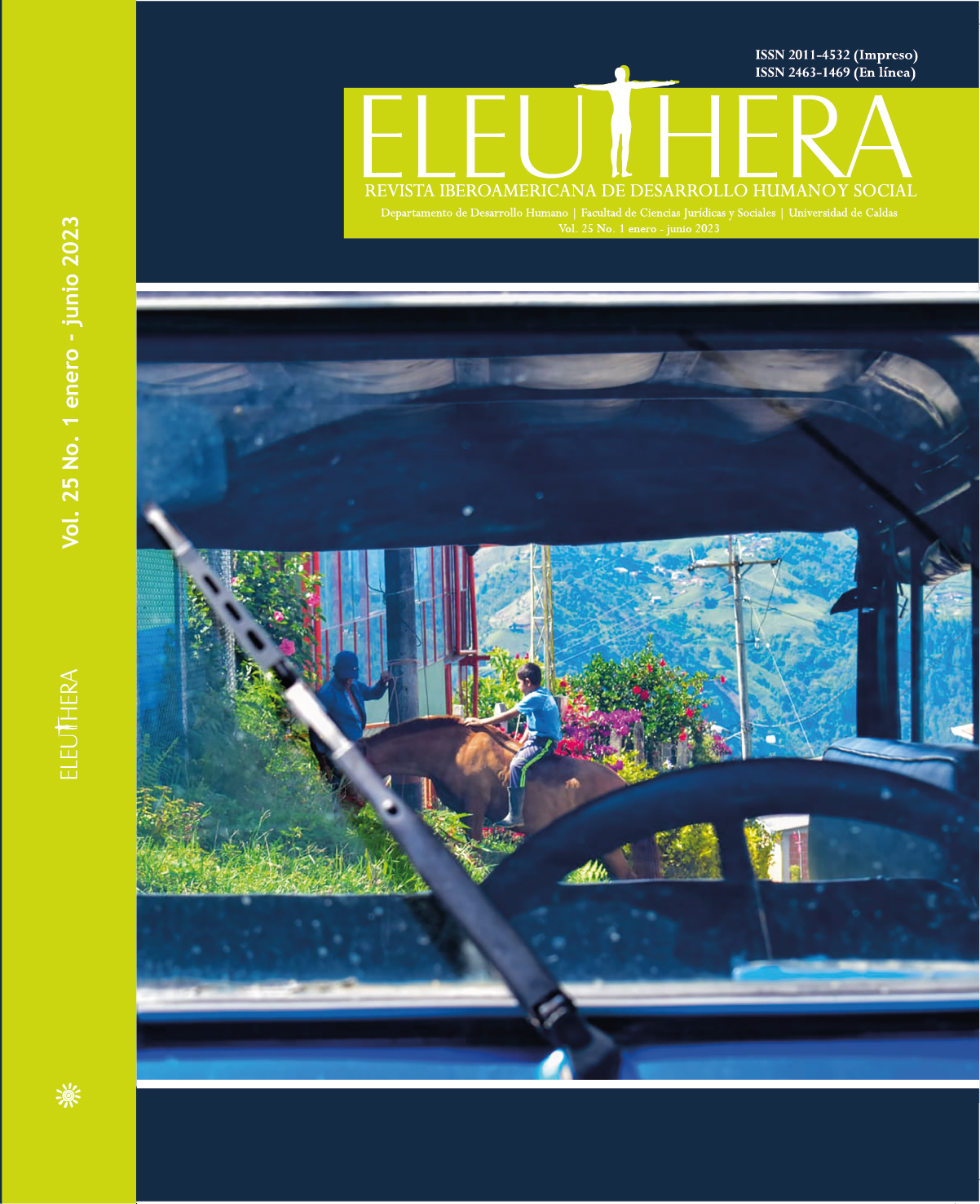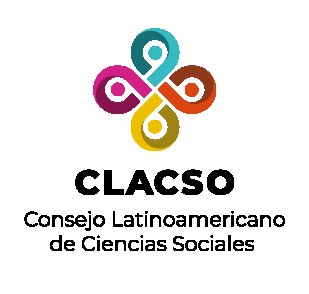Authors
Abstract
Objective: To give an account of the links between violence and the living standard of women. Methodology: This is an exploratory study in which in-depth interviews and participant observation were conducted with twenty-two women of similar socio-ethnic origin and class. Results: The links between violence and living standard of women are made visible since the focus is on debts contracted during the violent relationship, as well as debts that occurred as a result of fleeing the family home. The increase in expenses caused by this situation that contributes to the impoverishment of these women is studied. Conclusions: The difficulty of women who left a violent relationship to meet their needs is observed as well as the deepening socio-economic vulnerability of women and the concrete need they have for help, whether material or emotional, in the long term.
References
CERX - Centro de Economía Regional y Experimental (2020). Informe hogares 2020.
Centro de Estudios Distributivos, Laborales y Sociales (CEDLAS). (2021). UNLP. https://www.cedlas.econo.unlp.edu.ar/wp/
Delfini, M. y Picchetti, V. (2005). Desigualdad y pobreza en Argentina en los noventa.Política y cultura, (24), 187-206.
Herrera Giraldo, S. y Romero Ballén, M. (2014). Vivencias e imaginarios femeninos que naturalizan la violencia intrafamiliar. Index de Enfermería, 23(1-2), 26-30.
Instituto Nacional de Estadísticas y Censos (INDEC). (2019). Trabajo e ingresos. Evolución de la distribución del ingreso (EPH) Segundo trimestre de 2019. Ministerio de Hacienda. Buenos Aires.
Land, H. yRose, H.(1985). Compulsory Altruismfor Some or an Altruistic Society for All?. En P. Bean, J. Ferris. and D. Whynes, In defense of welfare. London New York. Tavistock Publications, pp. 74-96.
Observatorio de Vivienda de la Ciudad de Buenos Aires (IVC). (2018). Informe sobre la situación habitacional de las mujeres en la Ciudad de Buenos Aires (Documento n.º4). Buenos Aires.
Pacífico, F. (2019). Más allá del programa etnografía de experiencias cotidianas de mujeres titulares del “Ellas hacen”. Papeles de trabajo-Centro de Estudios Interdisciplinarios en Etnolingüística y Antropología Socio-Cultural, (37), 77-111.
Ramos, A. (2007). Convenio de divorcio, género y justicia: y la perdedora es.... La ventana. Revista de estudios de género, 3(26), 167-204.
Santos Padrón, H. (2006). Relación entre la pobreza, iniquidad y exclusión social con las enfermedades de alto costo en México. Revista Cubana de Salud Pública, 32(2), 131-142.
Valdés, T. y E. Gomáriz, M. (1995). Mujeres latinoamericanas en cifras. Flacso, Instituto de la Mujer y Ministerio de Asuntos Sociales de España.
Wainerman, C. H. (Comp.). (1994). Vivir en familia. UNICEF/Losada.
Zaldívar-Cerón, A., Gurrola-Peña, G. M., Balcázar-Nava, P., Moysén-Chimal, A. y Esquivel Santoveña, E. E. (2015). Las mujeres separadas de cara a la violencia de sus exparejas. Rumbo a su caracterización. CienciaUAT, 10(1), 83-92.
Zeoli, A. M., Rivera, E. A., Sullivan, C. M. & Kubiak, S. (2013). Post-separation abuse of women and their children: boundary-setting and family court utilization among victimized mothers. Journal of Family Violence, 28(6), 547-560.Representación confesional desde la verdad judicial en las narrativas de un paramilitar: el genocidio de la Unión Patriótica

 PDF (Español)
PDF (Español)
 FLIP
FLIP





























